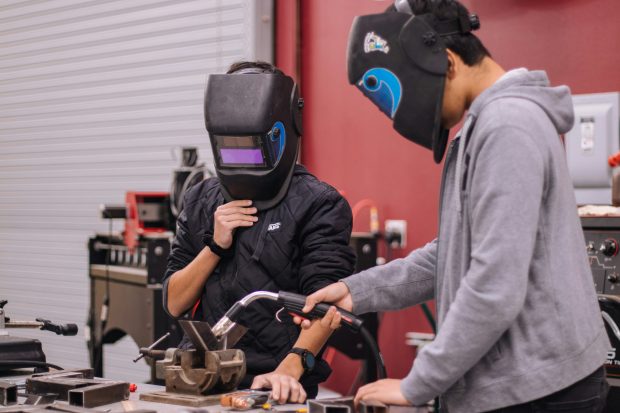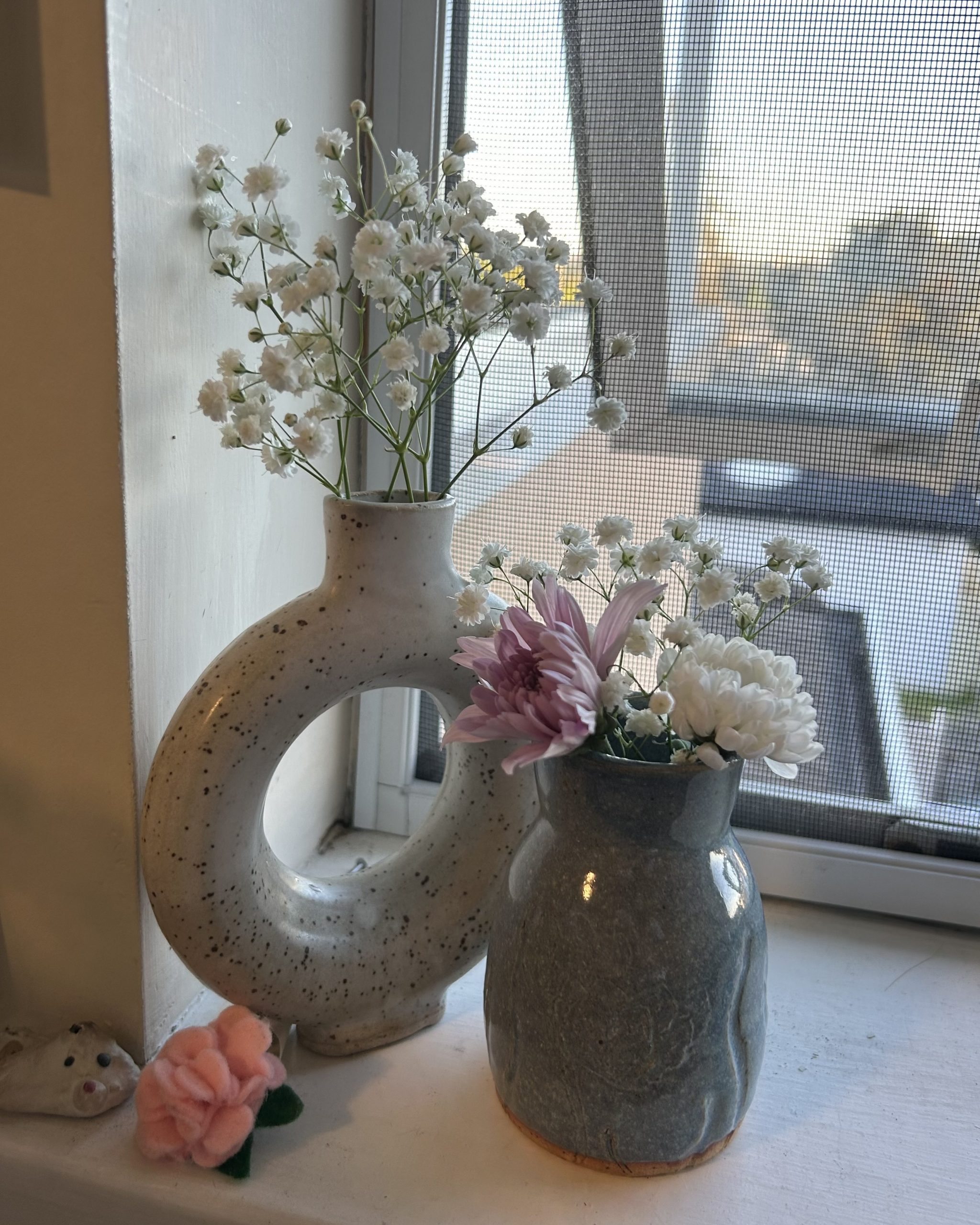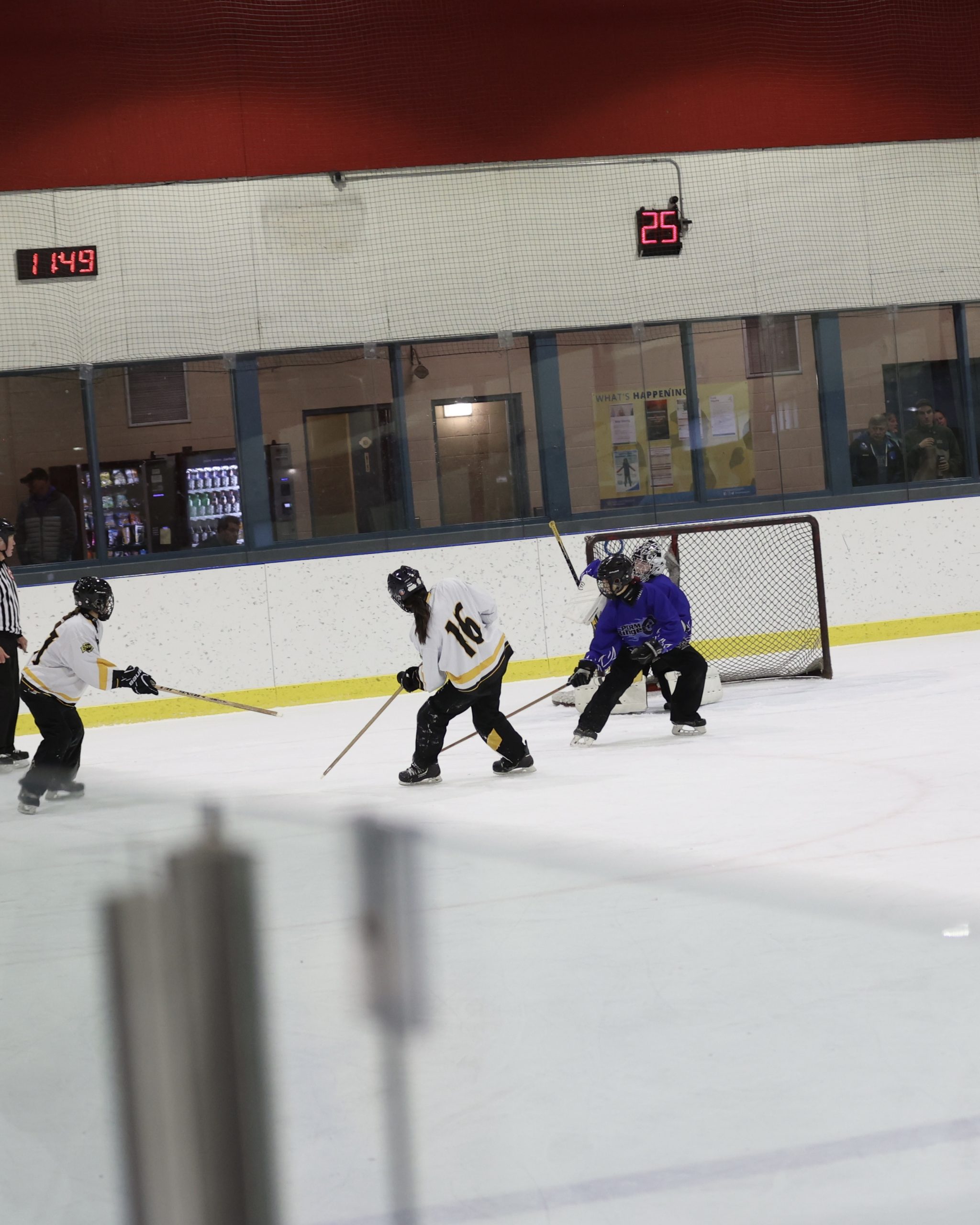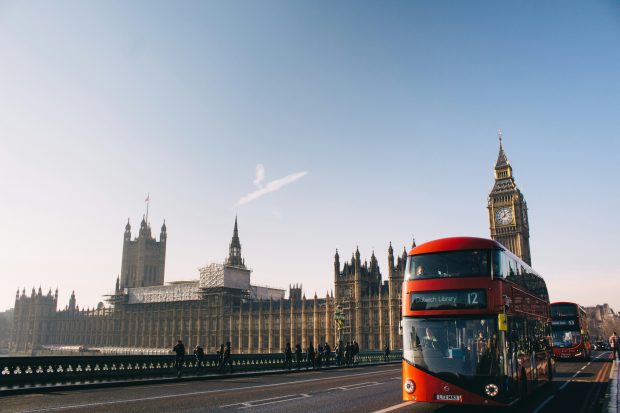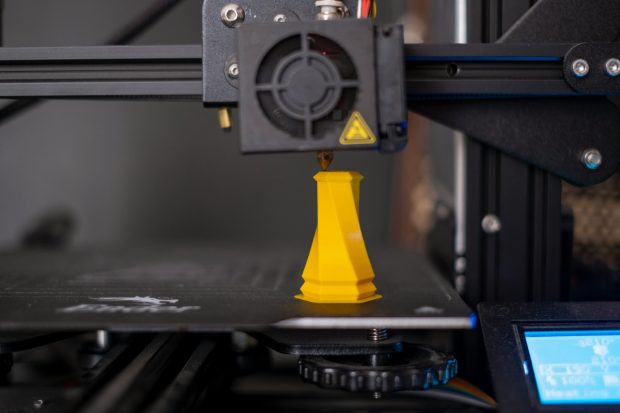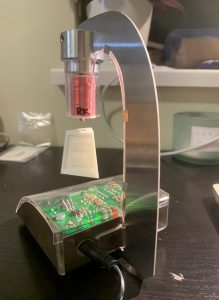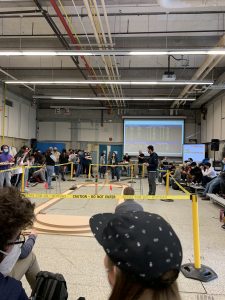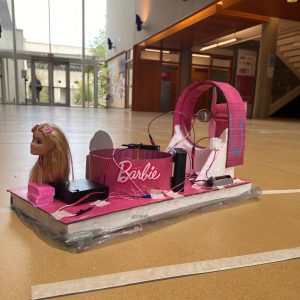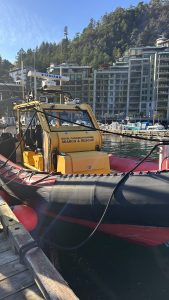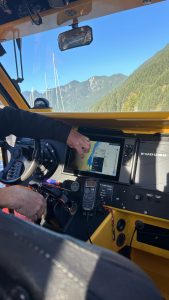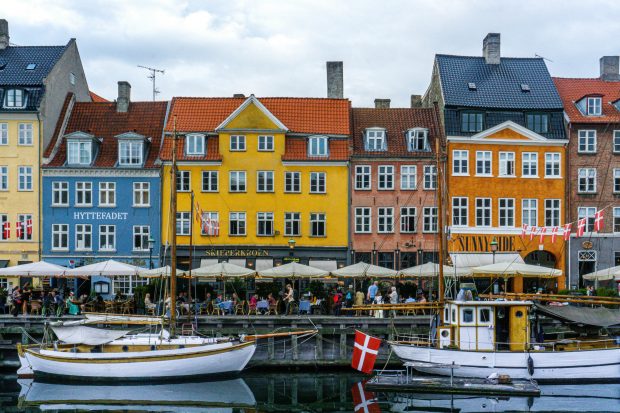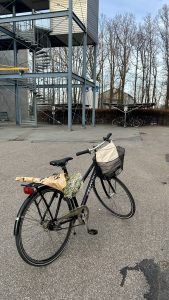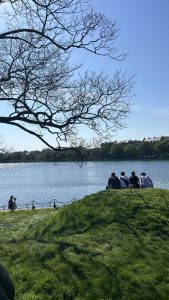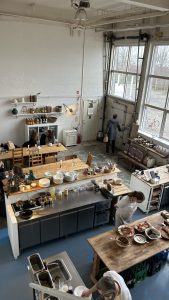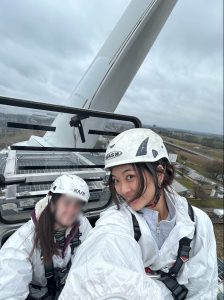Students working on a weld. Photo by Jeswin Thomas on Unsplash.
No matter who or where you are, it’s possible to be feeling imposter syndrome. For me, it was brought out by my intimidating perception of university, engineering, and MECH. In this post, we’ll learn more about what imposter syndrome is, what it feels like, how you can work through it, and my personal experiences with it.
What is Imposter Syndrome?
Author and poet Austin Kleon defines imposter syndrome as “the inability to internalize one’s abilities and accomplishments”. So what does that feel like? It could look like any of these traits identified in a medically reviewed article on VeryWell Mind:
- An inability to realistically assess your competence and skills
- Attributing your success to external factors
- Berating your performance
- Fear that you won’t live up to expectations
- Overachieving
- Sabotaging your own success
- Self-doubt
- Setting very challenging goals and feeling disappointed when you fall short
My personal experience
Even entering UBC during Covid, there were the expected changes from transitioning to being university student. From being at the top of my class in high school, I became more or less the average student at UBC. After working so hard always chasing that 100% mark, it’s hard to slow down and be okay with something much lower. Suddenly being surrounded by so many talented students can easily cause you to rethink your own abilities that were previously celebrated.
On top of that, I felt the most pressure, or the most “imposter syndrome” when starting MECH 2 in person. Like many high school students, I had little exposure to what engineering was and what a career in it looked like. More importantly, I didn’t have the experience working on the family car or woodworking in the backyard that many people, mainly the men, in my class grew up with. When I started to meet my classmates in MECH, it seemed like everyone already had it figured out, like they were already far ahead of me in knowledge and expertise. Especially in this current time with LinkedIn, it’s hard to see so many of our peers celebrating their successes without feeling insufficient.
What did that feel like for me? I felt a sense of hopelessness and otherness; I felt like I was inferior to my peers, that I didn’t belong in this community. Although I had a lot to be proud of, I couldn’t help but compare myself to others’ accomplishments.
I’m not someone who “lives and breathes” engineering. Don’t get me wrong, I enjoy what I study and what I do for work. But I’m a person outside that, with interests and passions that go beyond it. In university, you are going to meet many people that devote every part of their life to their career; and that can make you feel like you aren’t doing enough to keep up. It was a process for me to see value in what I did outside of school and work. Those are things that I love to do, and it doesn’t make it me any less successful as a person. In my opinion, being successful is living happily and without regrets, which for me means following however many interests that I have.
Even after gaining much more confidence in my skills and abilities over the first couple years of my degree, the journey still doesn’t end; I still battle with imposter syndrome and work on getting through it to this day. As a woman of colour in an industry where straight, white men are the norm, there will honestly always be microaggressions and unintended actions that feed a feeling of inferiority, no matter how qualified I am. That’s just a reality of where we are currently as a society and as engineers, despite pushes for more diversity in recent years.
What can I do about it?
There are many different strategies that may or may not work for you. Personally, other than finding a company with a positive work environment that works toward inclusion, here are some things I learned and still use to work through my imposter syndrome:
Detach my worth from my career
As I talked about earlier, I find meaning in multiple areas in my life and don’t depend on my career to find pride in myself. My success as an engineer is just one aspect of my success as a person. One part of this strategy for me was finding hobbies that I enjoy! Especially now in my final year where I have a few less classes (thanks exchange credits!), I’ve been devoting more time to exploring old and new interests. In particular, I’ve been working on growing my creativity, activity, and mind:

Current read: apt for this blog post! Image from Amazon.
Work towards your own goals, uninfluenced by other opinions
It’s a lot easier said than done, but working hard towards what you deem as valuable really worked for me. Everyone has a different definition of success – to be able to motivate yourself from within and celebrate your own wins is a skill that will help you in every aspect of life.
Find likeminded people
It was extremely reassuring to meet people who had the same struggles and thoughts that I had regarding this topic. By talking with people who understand how I felt, it helped me acknowledge where these feelings come from and discover strategies that other people might have learned.
Look into counselling
Oftentimes imposter syndrome can be coupled with other feelings like anxiety or depression. The tools that I listen above are what help me, but everyone has a different experience and there may be other strategies that would work better for you. I believe that seeing a counsellor can help anyone whether they think they are struggling or not!
Finally, I’d just like to mention an article that I thought was really thought provoking titled “Stop Telling Women They Have Imposter Syndrome”. I won’t break it down in this post, but I highly recommend reading it in addition to these strategies mentioned.
If any of this post resonated with you, you’re not alone! Although starting university and beginning this next chapter is challenging, it comes with a great amount of learning that ultimately helps you in the long run.
